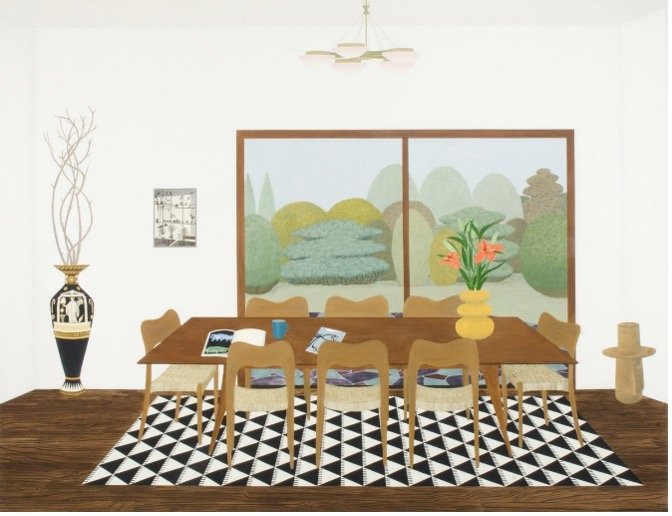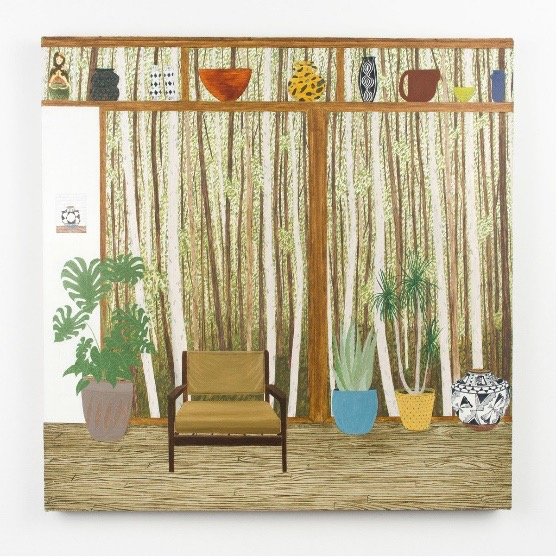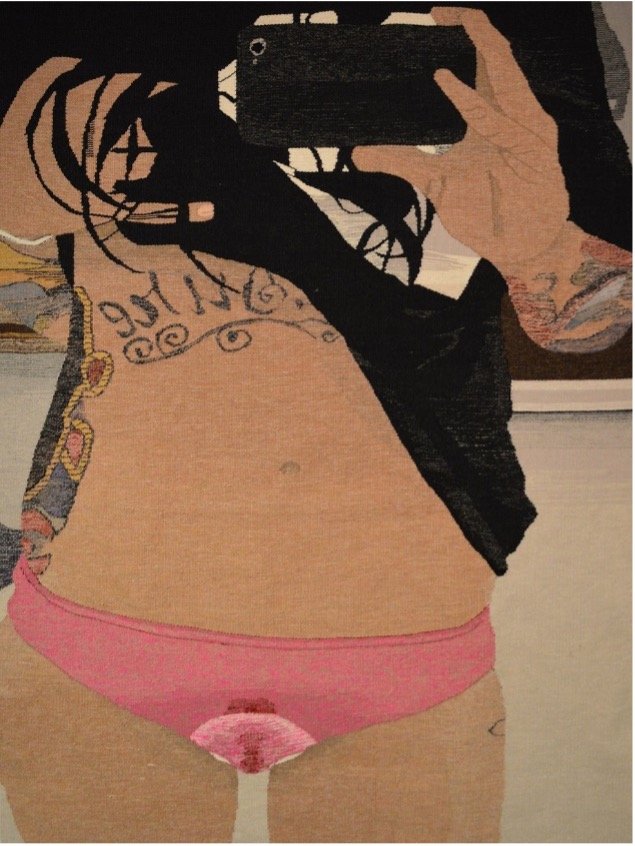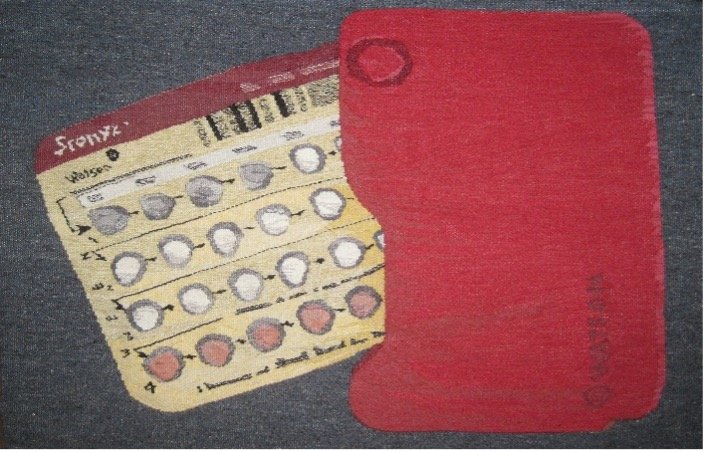Issue 47 - International Women's month - Women For Choice, by Michaela HAll
Although there’s still a way to go in different aspects of feminism advancing, there’s been great progress over the previous decades in women being heard and having more options in every area of their lives. This for me, is a key part of celebrating women’s rights and achievements – their ability to choose. Historic views of women only being interested in domestic activities is vastly outdated, but having choice means its ok for women to prefer this as well as to hate the idea and choose a different path. Seeing the variation of topics and creatives approaches in women’s artwork is a gift that many never got to see and worth celebrating in the month of International Women’s Day 2024.
You may expect me to start with a female artist who smashes the mould of a female being interested in domesticated settings, but I’m not. I’m starting with a woman who has importantly chose to focus on this, to celebrate how powerful this can also be. American artist Becky Suss is keen to demonstrate the power in the generations of women in her family who have managed the domesticated aspects of life without any recognition. She’s more widely interested in America’s attitudes towards the idea of homemakers and domesticated roles. She uses sentiment as inspirations, such as her family home and how this was decorated, and her oil paintings are powerfully nostalgic, comforting, and positive. In ‘Dining Room (Verve magazine, vol.1, nos.1 and 2)’ (2015) we’re welcomed with a bright and airy room that also feels lived in, with magazines left open, a cuppa on the table and fresh flowers. The composition focuses the mind on sitting at the table and watching out of the window, making the viewer feel a part of this home, all credit to the person we imagine having crafted the room. Similarly, in ‘Untitled (interior)’ (2013) we see an intriguing room with an empty chair surrounded by colourful plant pots and ornaments as well as natural wallpapers and flooring – an environment that again invites us in and shows great attention to detail, with care.
In contrast, we then have artists who instead of using comfort as a power, use confrontation as a powerful means to challenge the stereotypes and taboos of being a woman, what would have previously been unspoken. Another American artist, Erin M. Riley, uses traditional woven textile fabrics that are associated with being feminine and soft – and turns them into controversial pieces that depict icons of women’s issues that need to be talked about. In ‘Heavy Flow’ (2019) we’re presented with an image of a woman, clearly on her period – showing us her pants with a full sanitary towel on. This sort of image is becoming more and more normalised with period education for all, but even going back to 2019 when this piece was made, it was still even more taboo than it is now in 2024. The fact there Is no face in the piece makes it even more of a focus, we are drawn to the bright pink pair of pants and there’s no escaping the fact the subject is on her period, a powerful way to remind the viewer what women regularly deal with. In the same way, ‘the Pill’ (2013) features a packet of contraceptive pills – clearly showing the number of pills as one per day – the perspective and composition seems somewhat zoomed in, emphasising the amount of medication. This again, points to the controversial subject of birth control and the amount of medication women can be subjected to for choosing not to yet or ever, carry a child –another space where ideas have progressed since 2013 when the piece was made, and therefore, would have been even more controversial then.
What both artists achieve with their work is to make us feel very strongly, the approach may be completely contrasting but they both create a conversation about this choice itself, most importantly not diminishing the others. They demonstrate that starkly different depictions of being female can sit alongside each other and make sense, that there is no need for conflict with different approaches to being a woman. In 2024, as discussions around gender and identity diversify and progress – this is something we can all hope to see reflected in society – the approach of choice foremost, for all genders.





